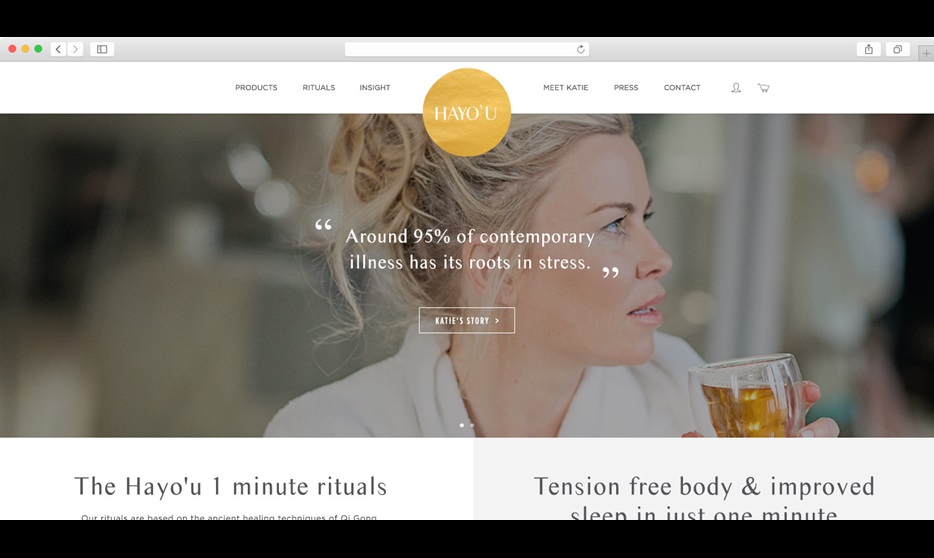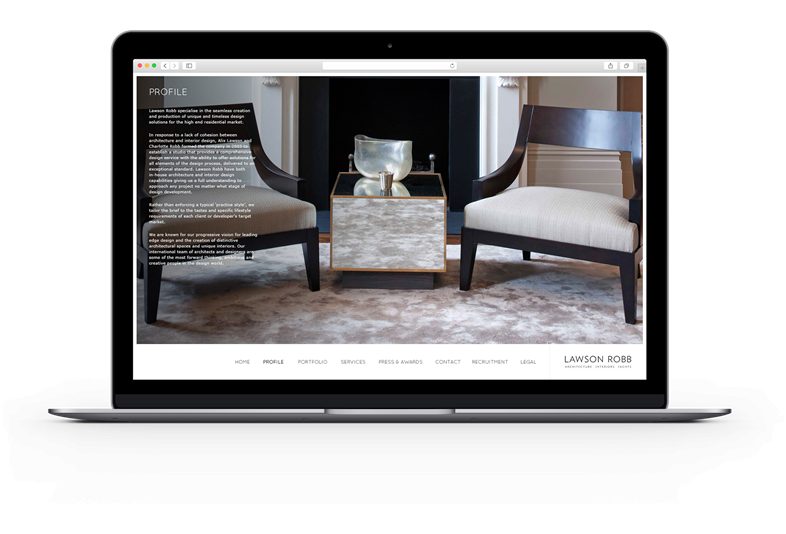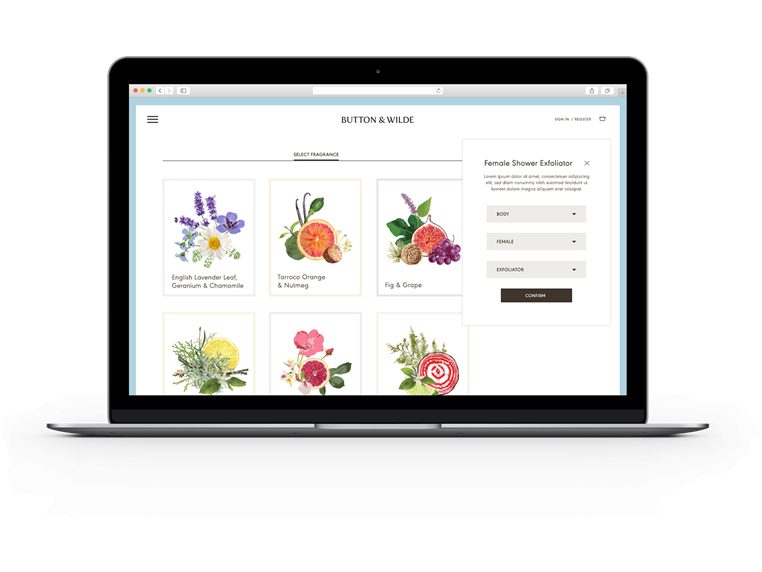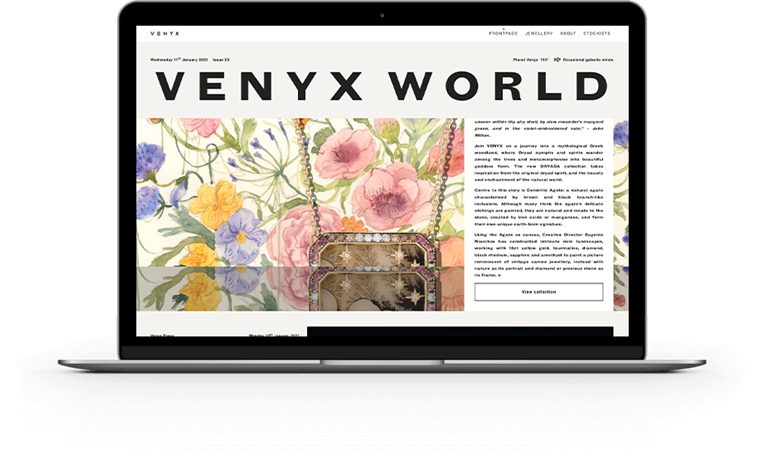Crafting Emotional Design Strategies: A Guide to Audience Connection
In a digital world brimming with endless options and distractions, how do you make your brand not just noticed but remembered and cherished?
The answer: emotional design.
Emotional design digs deeper. It’s not about creating something that simply looks good. It’s about designing in a way that builds a meaningful connection with your audience.

After all, 76% of consumers would purchase from a brand they feel connected to over a competitor!
If that wasn’t enough, 57% will actually spend more when they’re connected with a brand.
Emotional design strategies are all about tapping into the very human side of the digital experience, ensuring that every interaction leaves a positive, lasting impression. It’s about making your users feel seen, understood, and valued.
So, with that in mind, let’s explore design and emotion in more detail in today’s blog.
Understanding Emotional Design: The Role of Emotions in Design
Have you ever paused to consider why certain designs just ‘click’ with you, making you feel right at home or sparking a burst of joy? That’s emotional design at work – a profound approach that goes beyond aesthetics to touch the very core of our human experience.
At the heart of every memorable digital encounter is emotional design. It’s about creating a journey that feels personal to your website visitor. It resonates with their fears, desires, joys, dreams!
But why should emotions be at the centre of your design strategy? It’s simple: emotions drive behaviour. Think of some of the decisions you’ve made lately in life. I’m sure emotions came into play at some point. So, emotions in design can help to drive viewers to take a certain action, such as making a purchase.
Research reveals that our emotional connection to a website or app can form in just 50 milliseconds, yet its impact can last far beyond that initial interaction.
Ultimately, it’s about moving beyond functionality to create designs that speak to the heart, turning visitors or one-off customers into brand fans.
The Role of Emotional Design in User Experience
Why does emotional design matter when we talk about user experience (UX)? UX isn’t just about usability or functionality; it’s about the entire feel of the interaction.
Emotional design is what bridges the gap between the practical and the personal. So, those routine interactions, such as visiting a page or checking out a shopping cart, become memorable experiences.
Consider this: A website or app’s success isn’t judged solely by how easy it is to use, but by how it makes users feel. Does it inspire confidence, evoke curiosity, or foster trust? These emotional underpinnings can significantly influence user behaviour, from the likelihood of a return visit to the willingness to recommend the service to others.
Here’s how emotional design plays a crucial role in UX:
- Creating intuitive interfaces – By understanding human emotions, designers can create interfaces that are not only intuitive but also pleasurable to use, making users feel competent and in control.
- Building trust – Emotional design helps build a bond of trust between the user and the product. When users feel a product understands their needs, they’re more likely to believe in its reliability.
- Enhancing satisfaction – When users have positive emotional interactions with a product, their overall satisfaction increases. This satisfaction is often what users remember and what brings them back.
- Encouraging loyalty – Emotionally engaged users are more likely to develop loyalty to a brand. They don’t just use a product; they connect with it on a deeper level, becoming advocates and promoters.
The Benefits of Emotional Experience Design
So, why invest in emotional design with a creative brand design agency? The benefits extend far beyond aesthetics. Here are some key advantages:
- Enhanced user engagement – Emotional design captures users’ attention and keeps them engaged. It’s the difference between a user who visits once and one who becomes a regular.
- Increased loyalty and advocacy – Users who form an emotional connection with a brand are more likely to become loyal customers and even brand advocates.
- Improved user satisfaction – When users feel understood and valued, their satisfaction levels soar, which can translate into positive reviews and feedback.
- Competitive edge – In a crowded market, emotional design can set your brand apart, offering a unique user experience that’s not just functional but also emotionally resonant.
Essential Elements of Emotional Design
To truly connect with your audience on an emotional level and achieve brand humanisation, you need to integrate and thoughtfully consider certain design elements.
Colour Psychology
Colours evoke emotions. Choose your palette wisely to align with the emotions you want to evoke. For example, blue can convey trust and reliability, while orange might inject a sense of energy and enthusiasm. You can read our latest blog on design psychology to delve deeper and discover how to use this cleverly throughout your website.
Typography
The style, size, and spacing of your text can significantly impact how your message is perceived. Typography should not only be legible but also evoke the right tone and feel.
Imagery
Images can convey complex emotions quickly and effectively. Use high-quality, relevant images that align with your brand’s identity and the emotions you aim to evoke. Take a look at the sleek, luxurious full-screen imagery we used when designing for interior architecture and design house Lawson Robb:

Microinteractions
These small, interactive moments can delight users and create memorable experiences. Whether it’s a satisfying click sound or an animated loading icon, microinteractions add a layer of engagement and personality. This is something we prioritised when creating a website for Button & Wilde, a personalised gifting brand. We made sure their website was full of creative little touches that make the gift-shopping experience a personal one.

Storytelling
Narratives can stir emotions and create a deep connection with users. Embed your brand’s story into the design to make it more relatable and memorable. To see a great example of this in action, check out the work we did for Venyx, a luxury jewellery brand with a unique story, which we brought to life.

User Feedback
Incorporate elements that show users their actions have an impact, like immediate feedback on a completed form or an interactive survey. It makes the experience more engaging and personal.
Crafting and Implementing Emotional Design Strategies
Now that we know the elements, how do we bring emotional design theory to life in our designs? Here’s a step-by-step guide to crafting and implementing emotional design strategies:
- Understand your audience – Begin with user research to grasp the emotional drivers of your target audience. What are their values, needs, and pain points?
- Define your emotional goals – What emotions do you want to evoke? Trust? Joy? Curiosity? Define these early in the design process.
- Integrate emotional elements – Use the essential elements of emotional design to weave emotional triggers throughout the user experience.
- Prototype and test – Create prototypes of your design and test them with users. Observe their emotional responses and gather feedback.
- Iterate and refine – Use the insights gained from testing to refine your design, enhancing the elements that trigger the desired emotional responses.
- Launch and learn – Even after launch, continue to gather user feedback and be prepared to make ongoing adjustments to deepen the emotional connection.
Successful Examples of Emotional Design from Top Brands
We’ve already given you some emotional design examples from Appnova, but let’s branch out and take a quick look at some of the world’s biggest brands and how they do it.
Apple
From the intuitive simplicity of their devices to the aspirational lifestyle their branding promotes, Apple’s design ethos is about evoking feelings of innovation, quality, and community. Think about it: how often do you see people saying they’re an Apple fan or Apple > Samsung? It’s that sense of community and belonging!
Airbnb
Airbnb’s website and app design focus on the experiences and stories of hosts and travellers, rather than just the transactional aspect of booking accommodation.
Nike
Nike’s branding goes beyond selling athletic wear; it inspires, motivates, and connects with athletes at all levels. Their use of powerful imagery, motivational storytelling, and a focus on the athletic experience evokes emotions of determination and triumph.
Future Trends in Emotional Design: What’s Next?
As we look towards the future, emotional design will play an even more pivotal role in how we interact with technology. So, what lies ahead?
- AI and Machine Learning – The next wave of AI and machine learning is about emotional intelligence. Future technologies will not just react to our commands but will understand and adapt to our emotional states. Imagine a music streaming service that not only recommends songs based on your past likes but also senses your current mood and adjusts its playlist accordingly.
- Voice and Conversational Interfaces – As we advance, voice interfaces and chatbots will become more adept at interpreting the emotional subtext of our words, enabling more meaningful interactions. This will transform customer service bots into more empathetic listeners, capable of offering support that feels genuinely understanding and human.
- Virtual and Augmented Reality – VR and AR are poised to revolutionise emotional design by offering experiences that are not only immersive but emotionally resonant. Future VR/AR systems could adjust environments in real-time based on the user’s emotional responses, enhancing learning, gaming, and social interactions by creating environments that adapt to individual emotional cues.
- Ethical Design – As we become more aware of the impact of design on mental health and well-being, ethical considerations will become paramount. Designers will increasingly prioritise creating experiences that not only engage but also nurture the user’s emotional well-being, steering clear of manipulative practices and ensuring transparency and respect for user privacy.
The Emotional Design Revolution
Emotional design is about creating experiences that are not just functional but also emotionally intelligent, fostering a stronger bond between your brand and your audience.
Appnova is ready to partner with you to navigate these trends and harness the power of emotional design. Whether you’re refining your digital presence or building something new, we’re here to infuse your projects with emotional insight and creative excellence. Contact us today to get started!
Subscribe To Us
Contributors
Categories
Subscribe To Us
Contributors
Categories

This website uses cookies so that we can provide you with the best user experience possible. Cookie information is stored in your browser and performs functions such as recognising you when you return to our website and helping our team to understand which sections of the website you find most interesting and useful. Third party cookies such as Google Analytics is also used on this site to provide analytics in order to better understand the user engagement on our site.
You can adjust all of your cookie settings by navigating the tabs on the left hand side.
Strictly Necessary Cookie should be enabled at all times so that we can save your preferences for cookie settings.
If you disable this cookie, we will not be able to save your preferences. This means that every time you visit this website you will need to enable or disable cookies again.







0.Comments